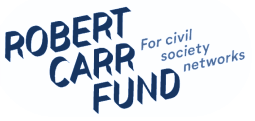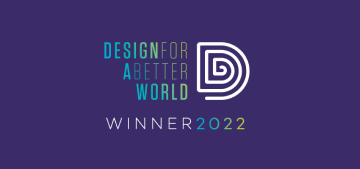What is the GDPI?
To learn more about the Global Drug Policy Index, you can visit our FAQs webpage here.
The Index at a glance



How did it come to be?

What does it measure?
The Global Drug Policy Index measures how drug policies align with many of the key UN recommendations on how to design and implement drug policies in accordance with the United Nations principles of health, human rights, and development.
The Index is composed of 75 indicators that run across 5 dimensions:
- The absence of extreme sentencing and responses to drugs, such as the death penalty
- The proportionality of criminal justice responses to drugs
- Funding, availability, and coverage of harm reduction interventions
- Availability of international controlled substances for pain relief
- Development.
What countries does it cover?
The 2021 edition of the Index covers 30 countries from all regions of the world. These countries are: Afghanistan, Argentina, Australia, Brazil, Canada, Colombia, Costa Rica, Georgia, Ghana, Hungary, India, Indonesia, Jamaica, Kenya, Kyrgyzstan, Lebanon, Mexico, Morocco, Mozambique, Nepal, New Zealand, North Macedonia, Norway, Portugal, Russia, Senegal, South Africa, Thailand, Uganda and the United Kingdom. We hope that this list will be expanded in future iterations of the Index.
To learn more about how these countries were selected, you can visit our FAQs webpagehere.
Who is the Index for?
Everyone!
- Governments can use the Index to track progress towards aligning their drug policies with UN standards.
- For UN agencies the Index is a tool to measure the alignment of national drug policies with international standards and recommendations.
- Civil society and community networks could employ the Index tool to hold governments accountable, and to advocate for reform.
- For the media, the Index includes critical data and stories of lived experience can be used to inform high-quality coverage.
- For the general public, the Index is a first introduction to the complexities, range, and impacts of drug policies.

Who are the partners?
The Global Drug Policy Index is a project of the Harm Reduction Consortium, a global partnership of civil society and community networks aiming to challenge the global ‘war on drugs’, which also includes the Global Drug Policy Observatory at Swansea University.
The 2021 edition of the Index involved the participation of a broad range of experts from academia, civil society and communities, who are listed in the Acknowledgements section.










Who funds it?
The Index has been developed thanks to the timely and invaluable funding from the Robert Carr Fund via its Strategic Opportunity Funding.





